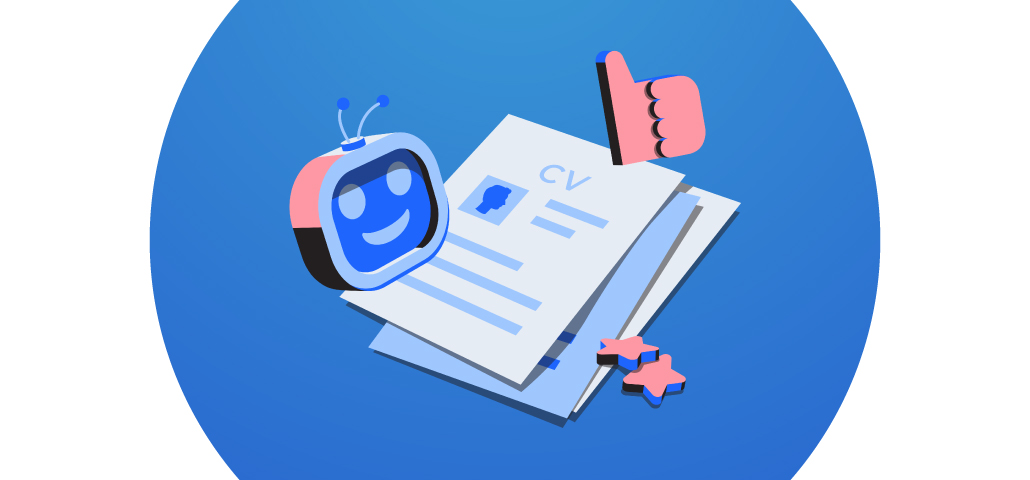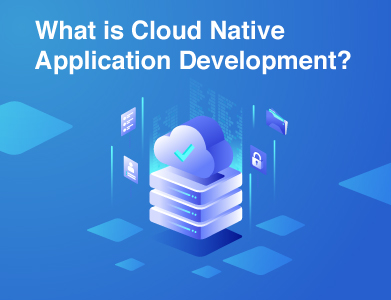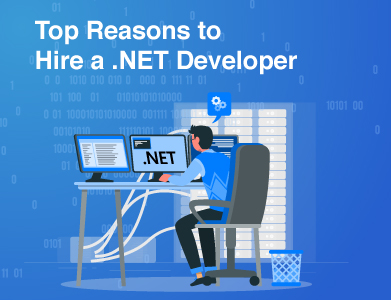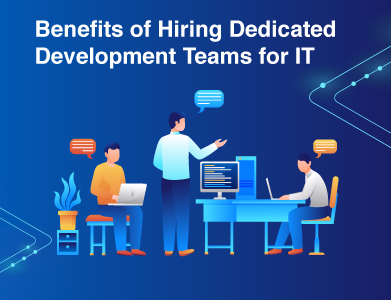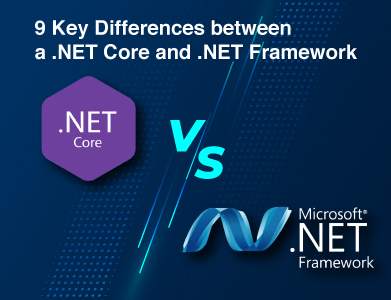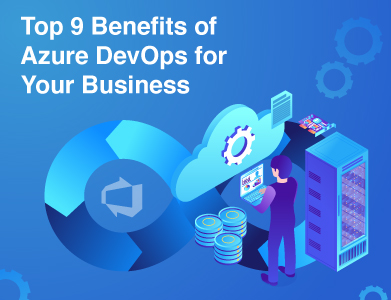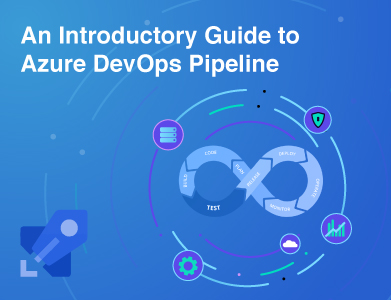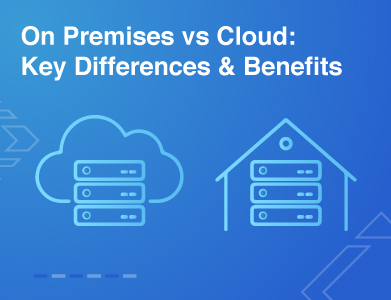Expertise
This question doesn’t come from panic. It’s coming from practicality.
In the last few years, AI in HR has quietly become part of everyday human resource management. It filters resumes, ranks candidates, handles interview scheduling, and even nudges managers to check in with team members showing signs of disengagement. Instead of being experimental tools, they’re being used right now by companies that want faster, more efficient operations.
But does that mean HR managers are on the way out? Not really. What’s happening is more nuanced.
The administrative layer of HR is being automated. The people layer is not. No system can replace real-world judgment, context, or the ability to read a room. Culture, trust, leadership are still very much human responsibilities. In fact, they’re becoming more important as AI takes on the repetitive work.
The challenge now is understanding what that change really looks like—what AI HR can (and can’t) do, how AI for HR roles are evolving, and where leaders need to double down on human insight.
Let’s break it down.
What AI Can Do in HR

AI in human resource management performs best when tasks or data are structured and repetitive and speed adds value. Many of these capabilities are being built directly into HR platforms such as lightweight HRIS, a full-scale HRMS, or an HCM suite.
Explore our detailed blogs on HRIS and HRMS to see how AI fits in.
Resume Screening
AI-powered filters can now scan thousands of CVs, match keywords, and rank applicants based on criteria like skills, experience, and job history. This is a major time-saver inside most modern applicant tracking systems.
Interview Scheduling
Many HR platforms now offer scheduling tools that coordinate calendars, send automated invites, and handle time zone differences. Recruiters no longer need to manage the back-and-forth manually.
Onboarding Automation
AI can assign training modules, auto-send documents, and remind new hires to complete setup tasks. HRIS systems use these workflows to create a consistent onboarding experience across the board.
Feedback and Sentiment Analysis
AI HR platforms now analyze employee surveys and internal messages to identify shifts in engagement. These insights can prompt early conversations with teams before bigger issues arise.
Attrition Risk Alerts
By analyzing behavioral data, AI models can flag employees who may be at risk of leaving. This doesn’t replace human judgment, but it helps HR stay proactive.
These tools help HR run more efficiently. But they’re not designed to lead. That still takes human thinking and context.
What AI Can't Do (And Shouldn't Try To)
AI handles data well. It can track patterns, speed up tasks, and flag potential issues. But when it comes to people, the limitations show quickly. Even the most advanced HCM systems can only go so far.
Manage Human Complexity
Real-life situations often don’t follow patterns. AI can flag unusual behavior, but it can’t understand the full context. Whether someone is disengaged or just overwhelmed by external pressure is not something a system can accurately judge.
Lead Difficult Conversations
When someone is struggling at work or there's a conflict between team members, it takes empathy, experience, and judgment to manage the conversation well. No algorithm can read the room or offer the right words in a tough moment.
Build Organizational Culture
Company’s culture can’t be mapped under a dashboard metric. It’s built over time, through how people are treated, how decisions are made, and how values show up in daily work. Tools can support culture, but they can’t create or sustain it.
Mentor and Develop People
Growth isn’t just about courses or upskilling plans. It’s about coaching, feedback, and helping people navigate challenges. An AI-based LMS can suggest learning paths. It can’t sit down and help someone think through their next move.
Plan Strategically for the Future
Workforce planning involves aligning business goals with people's decisions. That requires experience, an understanding of market conditions, and a view of the bigger picture. AI can forecast based on trends. It can’t lead through uncertainty.
Make Ethical or Values-Based Decisions
Sometimes the right decision isn’t obvious. It might not be what the data recommends. Choosing people over process, or long-term trust over short-term gains, is a human call. And one that can’t be handed off to a tool.
Why AI in Human Resources Is a Transformation, and Not a Threat
Rather than replacing HR, AI for HR is changing where time and attention go. It clears out the admin load and opens up space for more thoughtful, people-first work.
This shift allows HR professionals to focus on what they do best such as coaching, building culture, managing change, and supporting growth. The goal isn’t to do less. It’s to do more of what matters.
So, Where Do We Go From Here?
If you're leading HR or managing people, this transformation is worth paying attention to. Not because your job is under threat, but because the expectations around it are changing.
Now is a good time to take stock.
Which parts of your HR function are adding value? Which ones are just taking up space? Look at how your team spends its time. If too much of it goes into chasing forms, managing spreadsheets, or repeating manual steps, that's a red flag. You’re likely overdue for smarter tools.
This doesn’t mean you need to jump into a new platform tomorrow. It just means you need a clear view of where tech can carry the load and where human expertise still matters most.
The most effective HR teams will be the ones that lean into this shift. Not by trying to compete with AI in human resources, but by letting it take care of the repetitive work, so they can focus on what they do best by hiring thoughtfully, coaching people, solving real problems, and building strong teams.
Because software can sort résumés, but it can't spot potential. It can automate an exit survey, but it can’t sit with someone and understand why they’re leaving. That kind of insight still belongs to people. And it always will.
